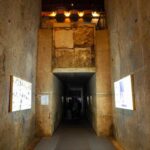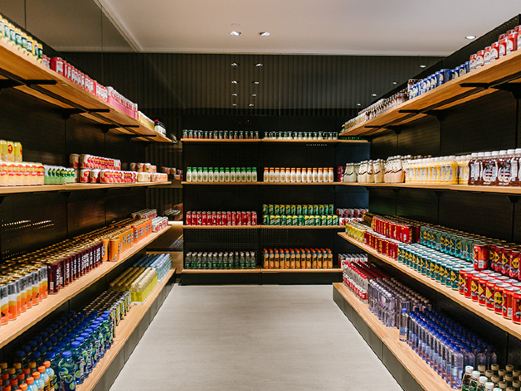Shi Wang Li Shixian was an important general in the later period of the Taiping Heavenly Kingdom. After capturing Jinhua in 1861, he established the Taiping Heavenly Kingdom’s Zhejiang base centered on Jinhua. The Shiwang Mansion was his command center in Zhejiang at that time. The Shiwang Mansion is an art treasure trove of the Taiping Heavenly Kingdom. There are many murals and colored paintings, exceeding the total of murals and colored paintings preserved in Taiping Heavenly Kingdom sites across the country.
It not only has high artistic value but also is precious material for studying the revolutionary history of the Taiping Heavenly Kingdom. The entire mansion is composed of four parts: palace, residence, garden, and logistics. It is adjacent to a wide training ground. The total area covers more than 63,000 square meters. The existing building area is more than 3,000 square meters and is divided into east and west courtyards. The east courtyard is dominated by the main hall. In front of it is the only screen wall left over from the Taiping Heavenly Kingdom to this day. The main hall was the meeting hall for the leaders of the Taiping Army back then. All walls and beams and columns are painted with various murals and colored paintings, which are very magnificent. The west courtyard is mainly residential buildings, with four entrances. There is a long corridor between the first and second entrances, forming a I-shaped structure. This is the same as the main hall and the second hall in the east courtyard being composed of a lobby to form an I-shaped structure. It is a major feature of the buildings of the Taiping Heavenly Kingdom’s palaces. The walls and dye racks in these four entrances are full of murals and colored paintings, such as ‘Woodcutter Picking Thorns Picture’, ‘Four Seasons Fishing Picture’, and ‘Watchtower Barracks Picture’. The two ancient cypresses several feet tall in front of the Naihanxuan are said to have been planted by Qian Liu, the king of Wuyue in the Five Dynasties. After more than 1,100 years, their trunks are now tilted but not fallen, and their branches and leaves point directly to the sky. Therefore, they are hailed as ‘living cultural relics’. Opening hours: Closed all day on Monday throughout the year; Open from 09:30 to 16:00 from Tuesday to Sunday throughout the year. Tips: Visit with an ID card.Taiping Heavenly Kingdom Shiwang Mansion Memorial Hall
Shi Wang Li Shixian was an important general in the later period of the Taiping Heavenly Kingdom. Af[...]









